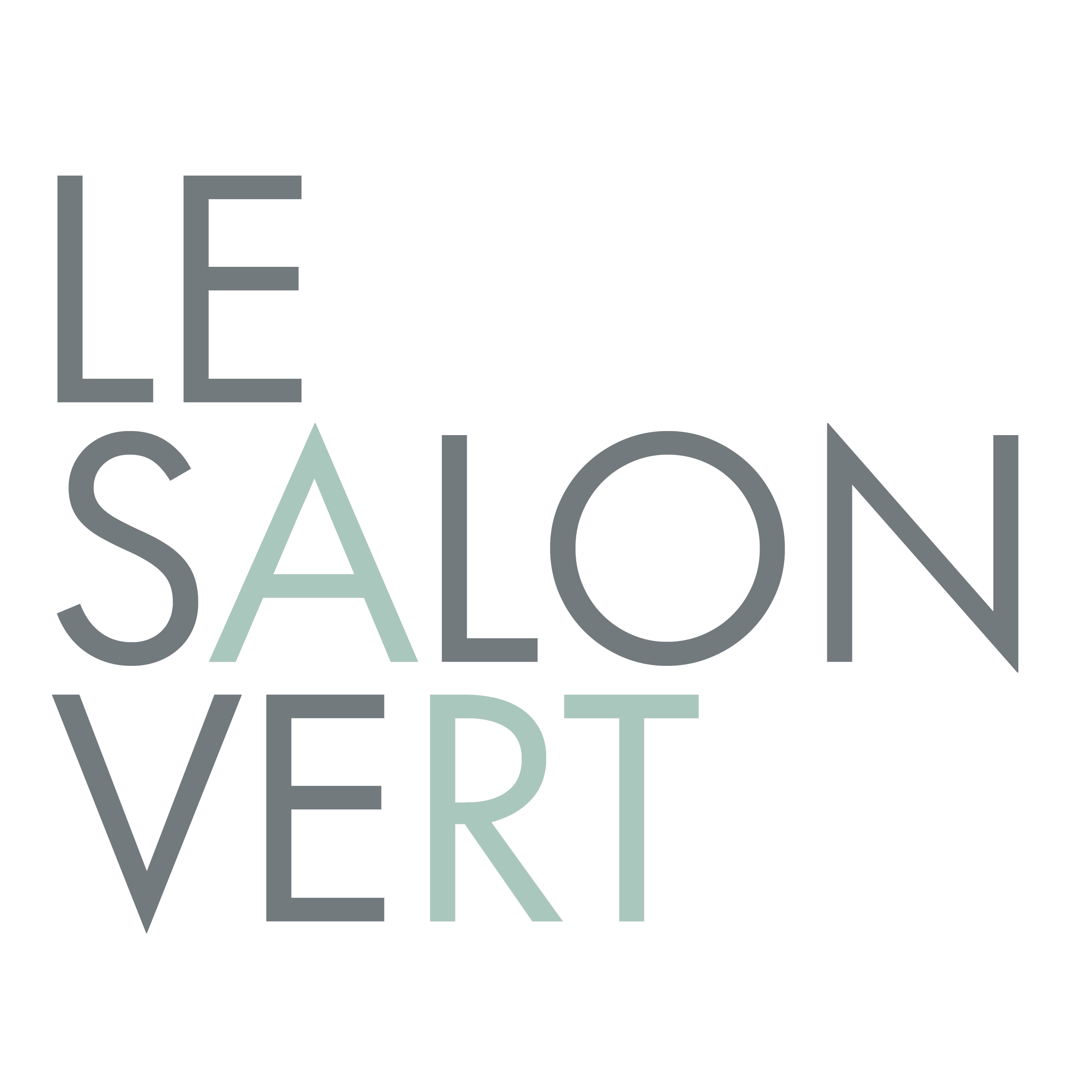Chris Drury
Chris Drury uses natural materials that he gathers in the places where he works to create sculptures and installations which are often monumental, sometimes ephemeral, and specific to the context and the site in which they are created. Through his works he confronts environmental issues as well as the relationship between humans and the earth. His artistic approach is inspired by the correlations and tensions between nature and culture, inner and outer, microcosm and macrocosm. His works bring starkly to light the universal geometry within nature, and in this way very subtly call to mind ideas like the Coriolis force or the Fibonacci sequence. For example, his wood or stone installations in the shape of a vortex seem to be influenced by the earth’s rotational axis.
Additionally, Chris Drury creates organic prints on paper using mushroom spores, creating a series of prints of mushroom caps which look like scientific plates from antique textbooks. Through writing, he also reworks the shapes that come from satellite images or Antarctic echograms, thus revealing how much information that is encoded in nature still remains to be deciphered.
Chris Drury was born in 1948 in Colombo, Sri Lanka. He recieved his degree in Art and Design, with a focus on sculpture, in 1970 from Camberwell College of Arts, University of the Arts, London, UK. He has received several prestigious prizes including the Pollock-Krasner Award in 1996, the Nature’s Prize: Scottish Environmental in 1997 and the Lee Krasner Lifetime Achievement Award 2018 – 2020. He has completed residencies in California (Montalvo Arts Center in 2005, FOR-SITE Foundation in 2008), in Ohio in 2005 (Hiram College), and in Antarctica in 2006 (Artists and Writers in Antarctica Fellowship – British Antarctic Survey and Arts Council England) and in South Africa in 2011 (Nirox Foundation). His work has been commissioned for public spaces on every continent on the globe, and he recently completed work in Perth (Australia), in Hadong (South Korea), and again in Sri Lanka. He has exhibited around the world, both collectively and individually - United Kingdom, France, Germany, Italy, USA, Japan, South Korea, Australia, Sri Lanka, etc. Finally, several of his works are now integrated in significant public collections.
Exhibitions:

